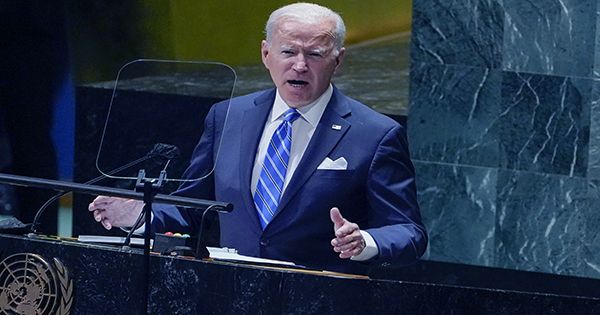Direct representation, also known as proxy representation, is a type of representative democracy in which voters can vote for any candidate on the ballot, and each representative’s vote is weighted proportionally to the number of citizens who have chosen that candidate to represent them. It is concerned with ensuring that elected officials or representatives reflect the demographics and experiences of the constituents they serve.
Interactive representation is similar to direct representation. The idea behind direct representation is that putting people from different backgrounds and communities in positions of power will result in better representation of their interests and concerns. It acknowledges that various factors such as race, ethnicity, gender, religion, socioeconomic status, and others shape people’s lived experiences. By having representatives who share those experiences, it is believed that they will have a deeper understanding of the issues faced by their communities and be more effective in advocating for their needs.
In contrast to other forms of representative democracy, direct representation. Winners of plurality contests in districts, party elections, or other voting receive one vote in the assembly regardless of how many votes they received. Furthermore, in direct representation, the group represented by the member is voluntary and of similar sentiment, as opposed to first-past-the-post voting, in which voters are arbitrarily lumped together based on geography rather than sentiment.
Direct representation can be especially important for historically marginalized or underrepresented groups, such as women, racial and ethnic minorities, LGBTQ+ people, and people with disabilities. Individuals from these groups in decision-making positions are hoped to make policies and laws more inclusive and responsive to the needs and aspirations of these communities.
The concept of direct representation extends beyond the simple numerical representation of different groups. It also includes the idea that representatives should actively engage with their constituents, solicit their feedback, and include them in decision-making processes. This approach aims to foster a more participatory democracy in which citizens have a say in shaping policies that affect their lives.
Overall, direct representation seeks to bridge the gap between diverse communities and the institutions of power, promoting a more inclusive and equitable political system.
















